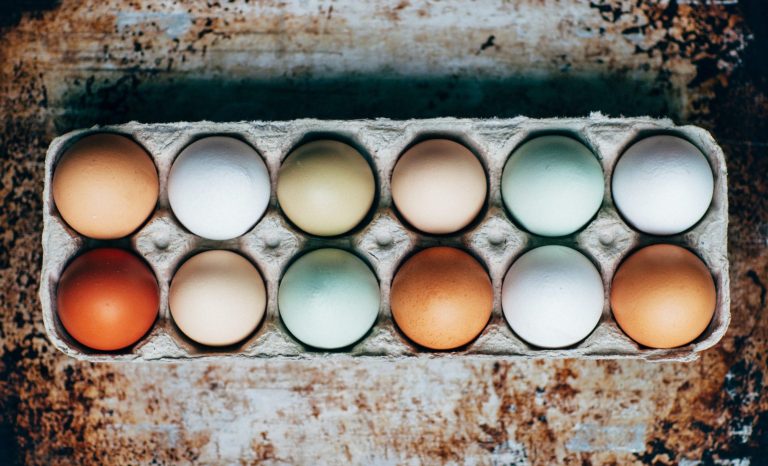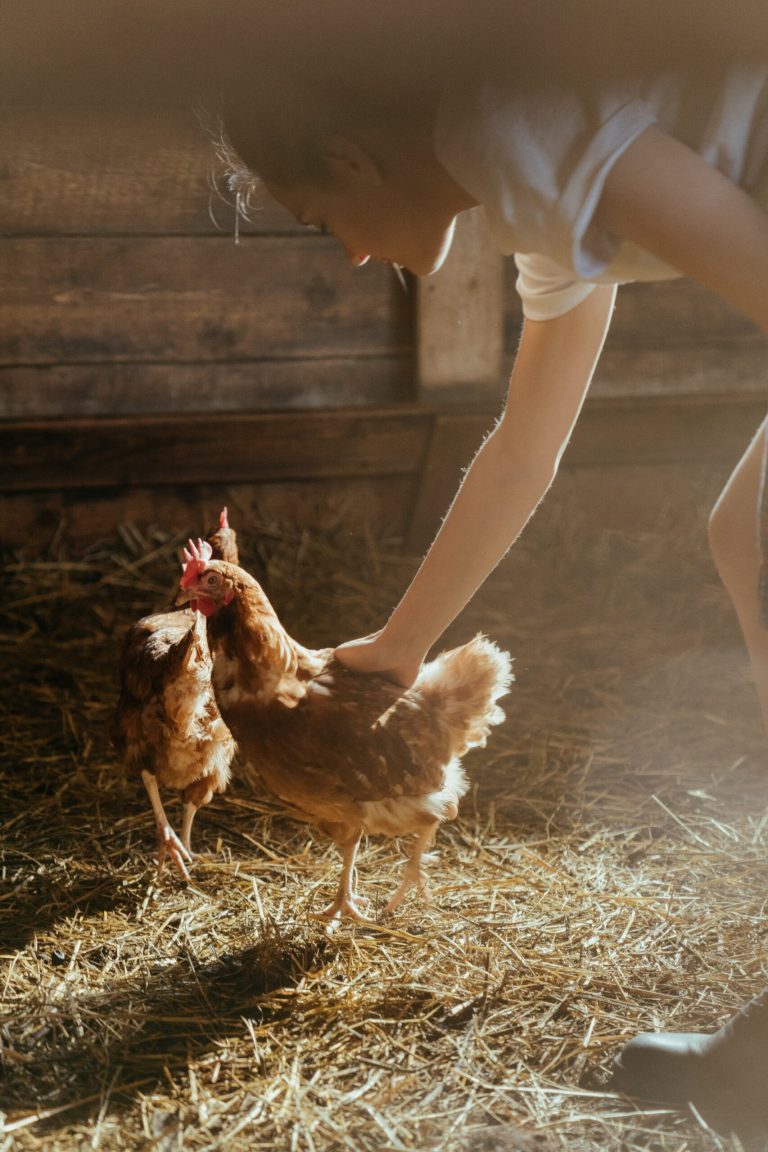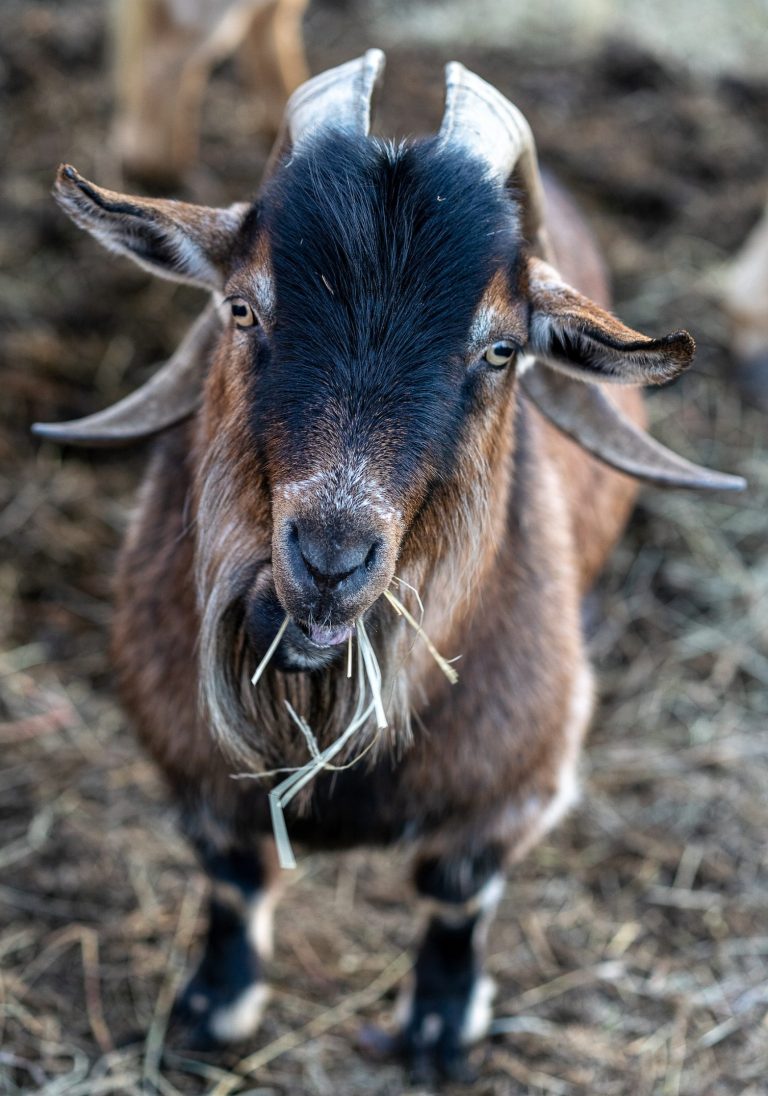Culling 101: Your Pathway to a Thriving Homestead
Have you ever found yourself overwhelmed by the number of animals on your homestead? Do you sometimes wonder if it’s necessary to cull your herd or flock? As a fellow homesteader, I’ve faced these questions myself. In this post, I’ll share with you why culling is an essential practice for homesteading success and provide you with some practical tips to help you make informed decisions.
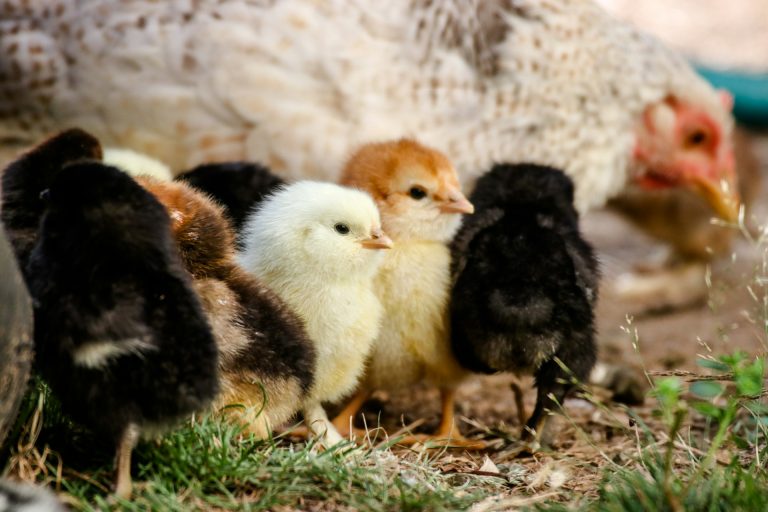
What is Culling and Why is it Important?
Culling refers to the process of selectively removing animals from your homestead. This can include selling, butchering, or re-homing them. While it may seem harsh at first glance, culling plays a crucial role in maintaining the health and productivity of your homestead.
Quality over Quantity
By culling under-performing or unproductive animals, you can focus your resources on those that are thriving. This allows you to improve the overall quality of your herd or flock, ensuring better genetics and higher yields. I have a smaller homestead myself so I have a limit on how big my herd can be.
Disease Prevention
Animals that are sick or carry genetic disorders can compromise the well-being of your entire homestead. Culling such individuals helps prevent the spread of diseases and ensures a healthier environment for all.
Resource Management
Homesteading requires careful resource management, including land, feed, and water. Culling helps optimize resource allocation by reducing the strain on limited resources and preventing overgrazing or over-consumption.
Financial Considerations
Let’s face it; homesteading can be expensive! By culling unproductive animals, you can save money on feed costs while also potentially generating income through the sale of surplus livestock.
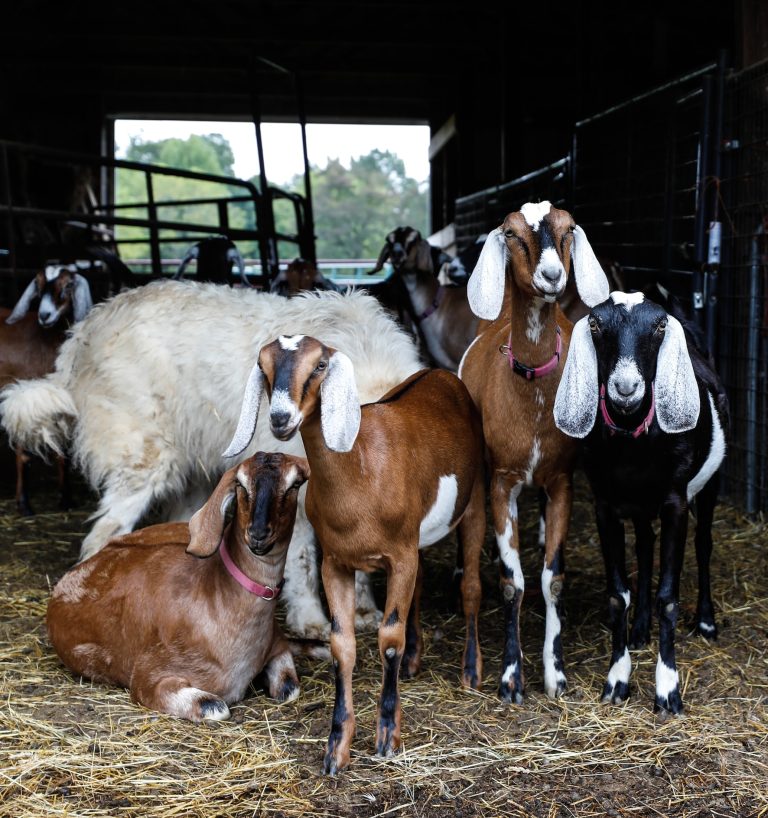
When to Consider Culling
Now that we understand why culling is important let’s explore some situations where it may be necessary:
Low Productivity
If an animal consistently under-performs, whether it’s a low milk yield from a dairy cow or poor egg production from a chicken, it might be time to consider culling. Remember, your homestead should be a place of productivity and sustainability.
Aggression or Behavioral Issues
Animals that display aggressive behavior can pose a threat to both humans and other animals on your homestead. In such cases, culling may be necessary to maintain a safe environment for everyone involved.
Health Problems
Animals with chronic health issues or genetic disorders can have a negative impact on the overall well-being of your homestead. Culling them ensures that you’re prioritizing the health and vitality of your livestock.
How to Make Informed Culling Decisions
Culling decisions shouldn’t be taken lightly; they require careful consideration and evaluation. Here are some steps you can take to make informed culling decisions:
Regular Assessments
Regularly evaluate the performance and condition of your animals. Keep track of important metrics such as milk yield, weight gain, or egg production. This data will help you identify under-performing individuals that may need to be culled.
Consultation and Research
Seek advice from experienced homesteaders, veterinarians, or agricultural extension agents. They can provide valuable insights into breeding programs, genetic traits, and specific considerations for different livestock species.
Consider Future Needs
Assess your long-term goals for your homestead. Are you looking to increase milk production? Do you want to focus on meat production? Understanding your future needs will guide your culling decisions accordingly.
Ethical Considerations
While culling is an essential practice, it’s important to approach it with empathy and respect for the animals in question. Ensure that the process is humane and consider alternative options such as re-homing if appropriate.
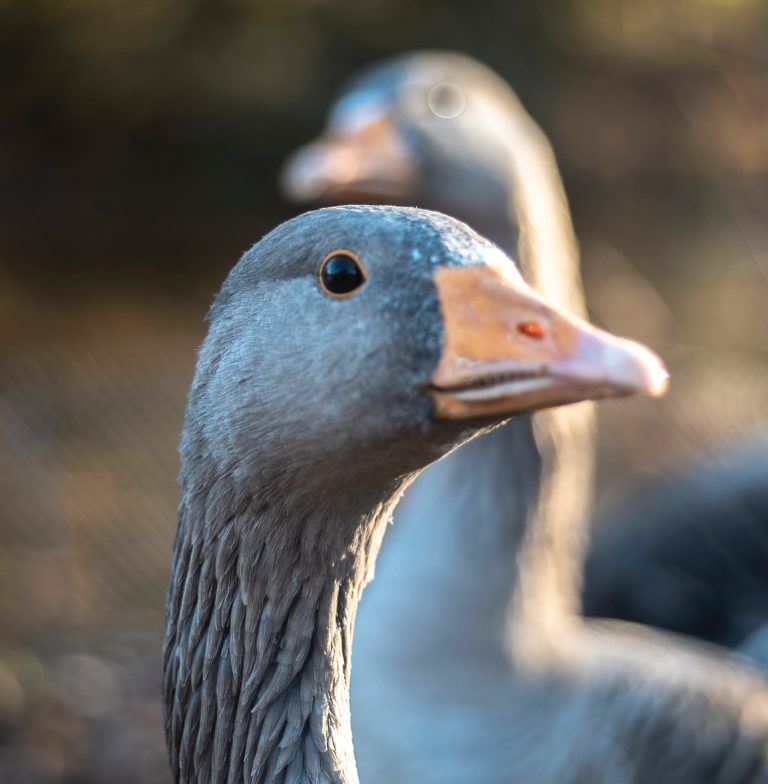
Culling is a necessary practice for homesteading success. By selectively removing under-performing or unproductive animals, you can improve the overall health, productivity, and sustainability of your homestead. Remember to make informed decisions based on regular assessments, consultations, and consideration of your long-term goals. Homesteading is a journey, and culling is just one aspect of it. Embrace it as an opportunity to create a thriving and prosperous homestead that brings you joy and fulfillment. Happy homesteading!
